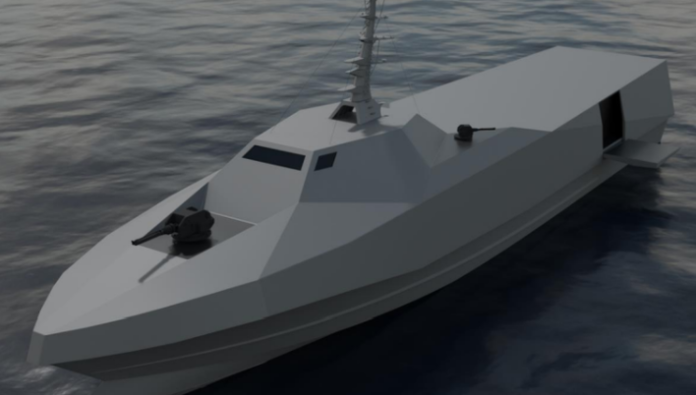The European Union (EU) recently announced new funding worth €842 million ($920 million) to support 41 defense projects covering next-generation fighter jets, tanks, ships, and naval, ground, air combat, space-based early warning and cyber systems, including a key electronic warfare program.
The new round of funding was passed last week following second calls for proposals led by the European Defense Fund (EDF).
Air, naval, and space-based early warning projects are among the most high-profile efforts to receive funding.
Specifically, gaps in European airborne electronic attack (AEA) capabilities will be addressed through the Responsive Electronic Attack for Cooperation Tasks II (REACT II) program. Once developed, the REACT II system will be capable of “escort jamming, stand-off jamming, stand-in jamming, electronic warfare command and control (C2) and cyber and electromagnetic activities,” according to a REACTII factsheet [PDF].
The document also notes that the program will draw on “lessons learned” from REACT or REACTI, will last four years and focus on studies, design activities, prototyping, tests and qualification of the new system. Overall funding for REACTII has been set at an estimated €70 million ($76 million) with the EU prepared to make a maximum contribution of €40 million ($44 million). Led by Spain’s Indra at an industrial level, REACTII also includes Bulgaria, Estonia, France, Germany, Italy, Lithuania, The Netherlands, Poland, and Sweden.
“Some design products will be delivered but the focus is on research and development activities,” noted Europe’s Organisation for Joint Armament Cooperation (OCCAR) in March 2023. “The target is to evaluate different technologies through simulations and a demonstrator in order to reduce the risk for the future development and production.”
Regarding naval matters, under the latest funding package, the EU plans on improving the “identify, classify and track” capabilities of surface vessels against air and missile threats through the European Naval Collaborative Surveillance Operational Standard (E-NACSOS) project [PDF].
Based around securing “EU naval surveillance sovereignty by developing novel protocols, interfaces and target architecture,” the program will also take four years and also involve design, prototyping and test activities. A total estimated cost of €101 million ($110 million) has been declared, with the EU willing to make a maximum contribution of €65 million ($71 million)
Co-ordinated by France’s Naval Group, E-NACSOS national partners include Belgium, Estonia, Germany, Greece, Ireland, Italy, The Netherlands, Portugal, Romania and Spain.
Estonia’s Baltic Workboats will also lead the development of a new medium-sized semi-autonomous surface vessel under the Euroguard project, aimed at delivering a demonstrator capable of carrying a number of mission modules to “demonstrate, in a representative environment, autonomous operation for a number of coastal operations,” according to an EU factsheet [PDF]. That, too, will take four years and will concentrate on studies, design, prototyping and test activities. An estimated total cost of $95 million ($104 million) has been disclosed, with the EU offering a maximum of $65 million ($71 million).
Elsewhere, the multinational development initiative for a space-based missile early warning architecture, dubbed ODIN’S EYE II, will focus on addressing “timely warning, technical intelligence, [and] missile defence systems against ballistic, hypersonic and anti-satellite (ASAT) threats,” according to an EU factsheet [PDF].
“The project will leverage and consolidate collaborative efforts by entities from EU Member States in developing a common SBMEW capability to respond to the current and future security threats,” it added. Those collaborative efforts include the Timely Warning and Interception with Space-based Theater Surveillance (TWISTER) program.
ODIN’S EYE II will run for three years and mainly focus on studies and design activities. The EU could make a contribution of €90 million ($98 million), with a full estimated cost of €97 million ($106 million) declared. Germany’s OHB System AG has been selected to lead the project with other partners including Austria, Belgium, Denmark, Finland, France, Greece, Italy, Lithuania, The Netherlands, Norway, Poland and Spain.
Predecessor ODIN EYE I was originally launched in 2021 to “set the basis” for the development of a European early warning capability to protect against ballistic missile and “novel” hypersonic threats, according to the EU.
National partners are identical with those committed to ODIN EYE II but for Norway’s participation.





